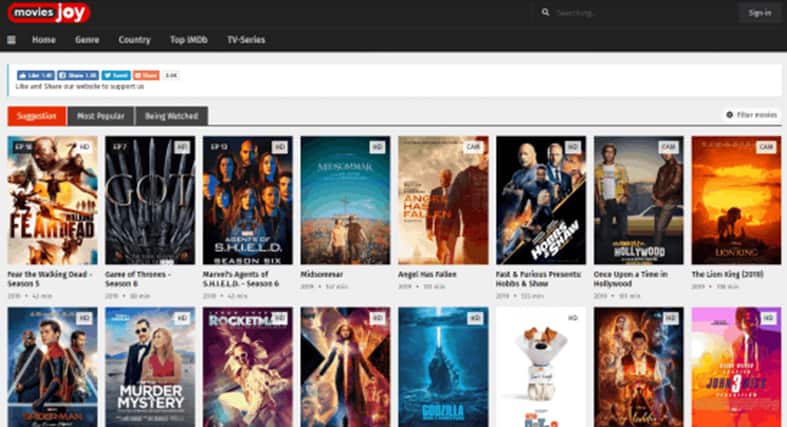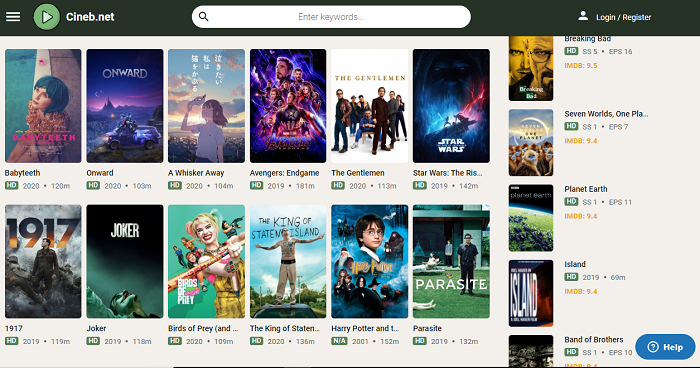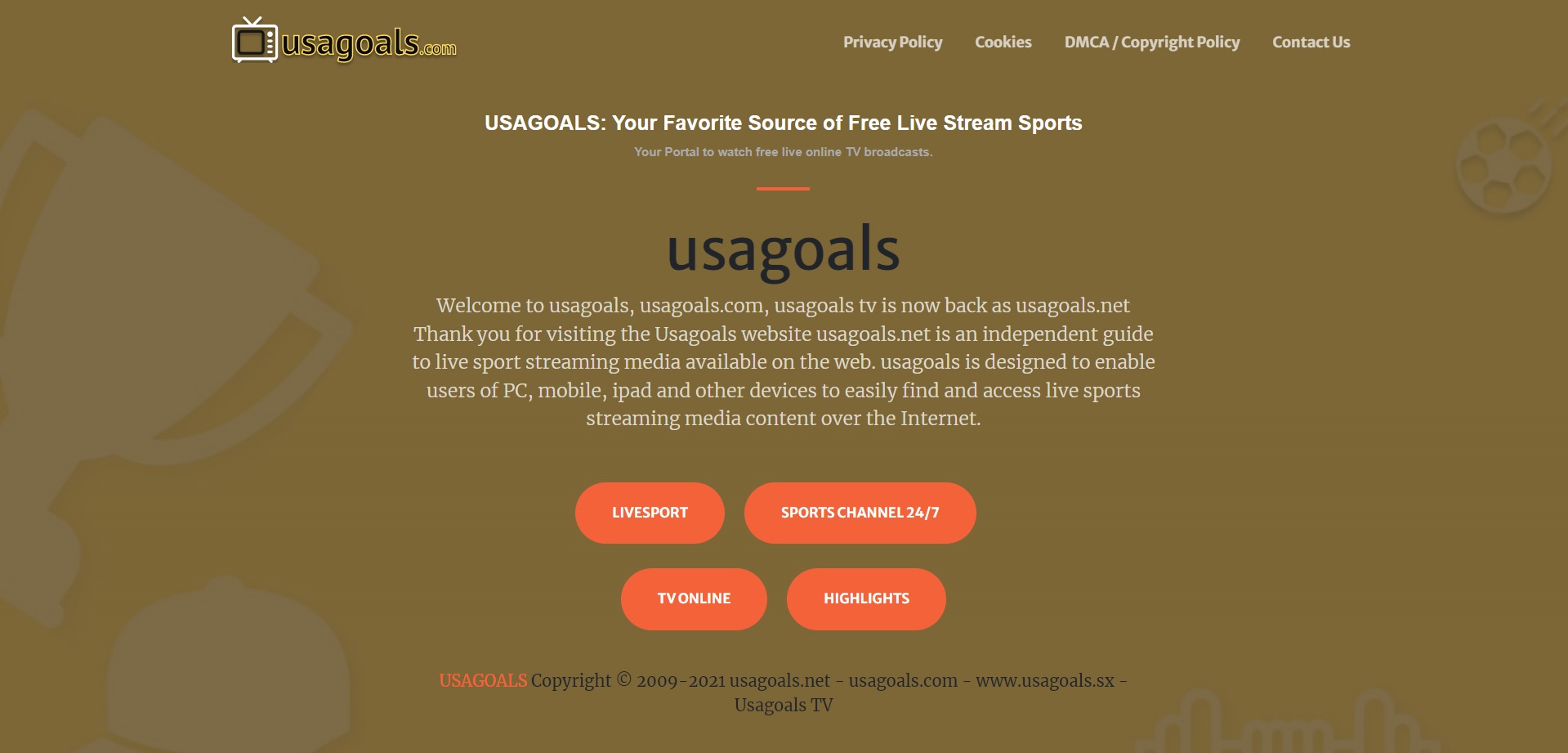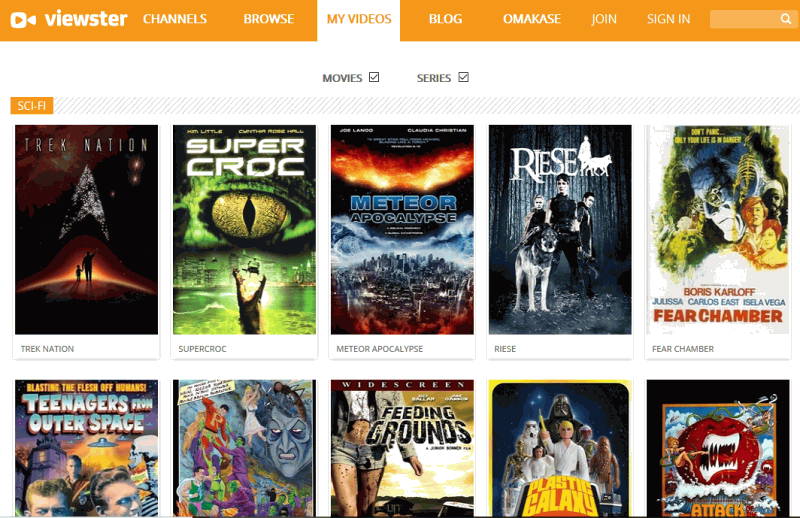In recent years, a new digital phenomenon has taken the art world by storm – non-fungible tokens, or NFTs. Perhaps you’ve heard about them in the news or seen artists selling their digital creations for millions of dollars. If you’re curious about how to create your own NFT and join this exciting movement, you’ve come to the right place. In this step-by-step guide, we’ll walk you through the entire process, from understanding what NFTs are to listing your own creation for sale. So, let’s get started!
Understanding NFTs
What is an NFT?
First things first, let’s clarify what exactly an NFT is. NFT stands for non-fungible token, which means it is a unique digital asset that cannot be exchanged on a one-to-one basis like cryptocurrencies such as Bitcoin or Ethereum. While cryptocurrencies are fungible – meaning one unit is interchangeable with another – NFTs are distinct and irreplaceable.
What sets NFTs apart is their ability to represent ownership of a specific item or piece of content, whether it’s a piece of art, a video clip, music, or even a tweet. Each NFT contains metadata that provides information about the asset and verifies its authenticity and ownership. This technology has revolutionized the concept of ownership in the digital realm.
The Importance of NFTs in Today’s Digital World
The rise of NFTs has brought significant advancements to the digital world. Before NFTs, digital artists often struggled to monetize their creations, as digital files could be easily copied and distributed without any restrictions. With NFTs, artists can now create unique digital assets that can be bought, sold, and owned.
This newfound ability to authenticate and sell digital art has opened up a whole new revenue stream for artists. NFTs provide a direct connection between artists and collectors, removing the need for intermediaries and allowing artists to retain greater control over their creations. Additionally, NFTs enable artists to earn royalties every time their digital asset is sold in the secondary market, ensuring their ongoing support and recognition. This, however, may influence the price of NFT. Learn more about how much does it cost to create an nft here.
Furthermore, the impact of NFTs extends beyond the art world. NFTs have also revolutionized the way we consume and interact with digital media. For instance, musicians can release limited edition albums or exclusive tracks as NFTs, giving fans a unique opportunity to own a piece of their favorite artist’s work. This not only creates a sense of exclusivity but also provides a new way for musicians to monetize their music in an industry that has been heavily impacted by streaming services.
Moreover, NFTs have also made their way into the world of sports. Professional athletes can now tokenize their moments of glory, such as a game-winning shot or a record-breaking performance, and sell them as NFTs. This allows fans to own a piece of sports history and provides athletes with additional income streams outside of their contracts and endorsements.
Additionally, NFTs have sparked a wave of innovation in the gaming industry. Game developers can now create unique in-game items, characters, or even virtual real estate as NFTs, allowing players to truly own and trade their digital possessions. This has created a thriving marketplace where gamers can buy, sell, and collect rare and valuable virtual assets, blurring the lines between the virtual and physical worlds.
Overall, NFTs have revolutionized the way we perceive and interact with digital assets. From art to music, sports, and gaming, NFTs have provided a new level of authenticity, ownership, and monetization in the digital realm. As this technology continues to evolve, it will be fascinating to see how NFTs shape the future of various industries and redefine the concept of ownership in the digital age.
Preparing to Create Your NFT
Creating and selling NFTs has become a popular way for artists, creators, and collectors to showcase and monetize their digital assets. However, before embarking on this journey, there are several important considerations to keep in mind.
Choosing the Right Platform
When it comes to creating and selling NFTs, choosing the right platform is crucial. There are a variety of NFT marketplaces available, each with its own unique features and community. Some popular platforms include OpenSea, Rarible, and SuperRare. These platforms provide a space for artists and creators to mint and sell their NFTs to a global audience.
Before making a decision, it’s essential to research and consider factors such as fees, user experience, and community engagement. Each platform has its own fee structure, which may include listing fees, transaction fees, and royalties. Understanding these fees will help you determine the potential profitability of your NFTs.
Additionally, user experience is an important aspect to consider. Some platforms offer a seamless and intuitive interface, making it easy for both creators and collectors to navigate and interact with the marketplace. On the other hand, some platforms may have a steeper learning curve, requiring more technical knowledge to fully utilize their features.
Community engagement is another crucial factor to consider. Some platforms have a vibrant and active community, where artists and collectors can connect, collaborate, and support each other’s work. Being part of a supportive community can greatly enhance your NFT journey, providing opportunities for networking, exposure, and growth.
Necessary Tools and Resources
Before diving into the NFT creation process, make sure you have the necessary tools and resources at your disposal. These may include graphic design software for creating your digital asset, a digital wallet to store your NFTs, and a reliable internet connection.
Graphic design software plays a vital role in creating visually appealing and unique digital assets. Whether you’re an experienced designer or just starting out, having access to software like Adobe Photoshop, Illustrator, or Canva can help you bring your creative vision to life.
Once you have created your digital asset, you will need a digital wallet to store and manage your NFTs. Digital wallets are essential for securely storing your NFTs and facilitating transactions on the blockchain. Popular digital wallets include MetaMask, Trust Wallet, and Coinbase Wallet. It’s important to choose a wallet that is compatible with the platform you choose to mint your NFTs on.
Lastly, a reliable internet connection is crucial for a smooth NFT creation process. Slow or unstable internet can cause delays, interruptions, or even loss of data. Ensuring a stable and fast internet connection will help you navigate the platforms, upload your digital assets, and interact with the NFT marketplace efficiently.
It’s also important to educate yourself about the underlying blockchain technology and how it relates to NFTs. Understanding the basics of blockchain, such as decentralized ledgers, smart contracts, and tokenization, will help you navigate the process more confidently. There are various online resources, tutorials, and communities dedicated to educating and supporting individuals interested in NFTs.
By considering these factors and equipping yourself with the necessary tools and resources, you’ll be well-prepared to embark on your NFT creation journey. Remember, the NFT space is constantly evolving, so staying informed and adapting to new trends and technologies will be key to your success.
The Creation Process of an NFT
Designing Your Digital Asset
Creating a visually appealing and unique digital asset is a vital step in the NFT creation process. Whether you’re an artist, a photographer, or a digital content creator, take the time to brainstorm and bring your creative vision to life. Consider the theme, style, and medium you want to explore. Remember, the more original and captivating your digital asset is, the higher its potential value.
Once you have your concept ready, use graphic design software like Adobe Photoshop or Procreate to create your masterpiece. Pay attention to the file format and resolution requirements of the platform you’ve chosen. It’s crucial to optimize your digital asset for display and storage on the blockchain.
Minting Your NFT
After you’ve designed your digital asset, it’s time to mint your NFT. Minting is the process of uploading your digital file to the blockchain, creating a unique token that represents your asset. Each platform has its own minting process, but generally, you’ll need to connect your digital wallet and follow the step-by-step instructions.
During the minting process, you’ll be prompted to input details about your NFT, such as its title, description, and any additional attributes or metadata you want to include. This information helps potential buyers understand your creation and adds value to your NFT. Be sure to provide accurate and engaging descriptions to attract attention.
Listing Your NFT for Sale
Pricing Your NFT
Determining the right price for your NFT can be a challenging task. Factors such as the demand for your work, the uniqueness of your digital asset, and the current market trends all come into play. Research similar NFTs and observe their sale prices to gain insights into the market’s expectations.
Consider starting with a reasonable price that reflects your perceived value and gradually adjust it based on market response. It’s also common for artists to offer different editions or tiers of their NFTs at different price points, providing options for collectors with varying budgets.
Promoting Your NFT
Once your NFT is listed for sale, promoting it effectively is key to attracting potential buyers. Utilize social media platforms, art forums, and online communities to showcase your digital creation. Engage with your audience through captivating visuals, behind-the-scenes stories, and explanations of your creative process.
Collaborating with influencers or participating in online art exhibitions and auctions can also help expand your reach. Building a strong brand presence and engaging with your community will increase the visibility and potential value of your NFT.
Legal and Ethical Considerations
Understanding Copyright Laws
As an NFT creator, it’s essential to familiarize yourself with copyright laws and ensure you have the necessary rights to the content you’re minting as an NFT. Respect the intellectual property of others and avoid infringing on copyrights. If you’re using third-party materials or collaborating with others, make sure you have the proper permissions or licenses.
You may also want to consider licensing your NFTs with specific terms and conditions to protect your intellectual property rights. Research the legal requirements and consult with legal professionals if needed to ensure you are compliant with applicable laws.
Considering Environmental Impact
While NFTs provide numerous benefits to artists and collectors, it’s important to acknowledge the environmental impact associated with their creation. The blockchain technology used for NFTs, such as Ethereum, consumes a significant amount of energy, often resulting in large carbon footprints.
Efforts are being made to address this concern, such as the transition towards more energy-efficient blockchain solutions and the development of carbon-offset initiatives. As an NFT creator, you can contribute by supporting platforms that prioritize sustainability and actively engage in discussions around minimizing the environmental impact of the NFT ecosystem.
In conclusion, creating an NFT can be an exciting and rewarding journey for artists and creators looking to explore new possibilities in the digital art world. By understanding the fundamentals, taking the necessary preparations, and carefully navigating the creation and selling process, you can successfully create and promote your own NFT. Embrace the technological revolution, connect with a global network of art enthusiasts, and showcase your creativity to the world through non-fungible tokens. Start your NFT journey today and unleash your digital masterpiece!








Add Comment